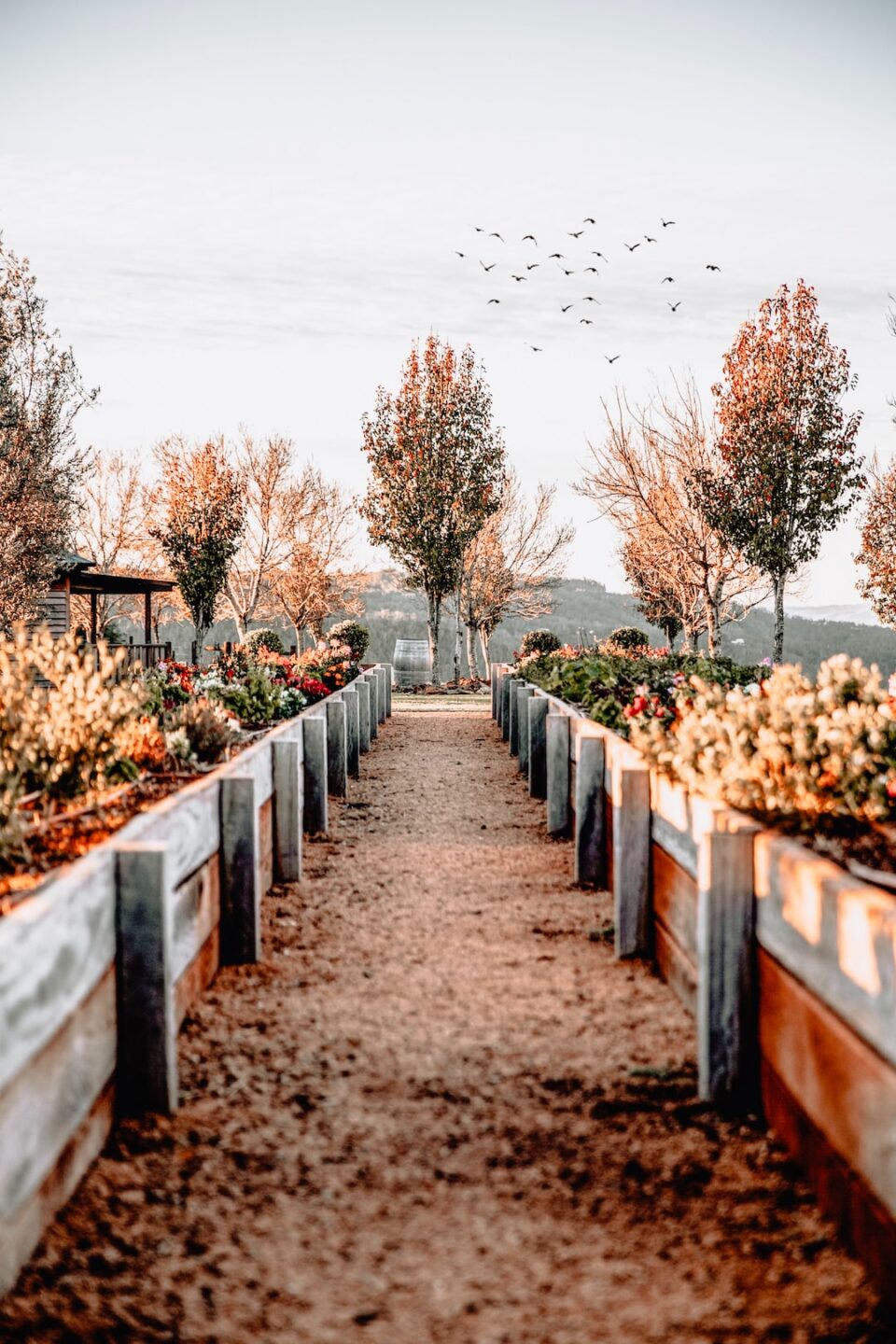The Art of Espalier: Training Trees into Beautiful Living Artworks
Nature, with its boundless beauty, has always been a source of inspiration for humans. From the majestic landscapes to the delicate flora, we find solace and wonder in the wonders of the natural world. And when it comes to creating art, both in its traditional and unconventional forms, we often turn to nature for inspiration.
One such form of art that captures the imagination and showcases the ingenuity of humans is espalier. Derived from the French word “espalier,” which means “something to rest the shoulder against,” espalier is the art of training trees into ornate, flattened forms against a support, such as a wall or trellis. This technique has been practiced for centuries and is still cherished today for its ability to transform everyday trees into living artworks.
Espaliered trees offer a unique combination of form and function. They not only add an element of beauty and elegance to any garden or outdoor space but also serve practical purposes. By training trees in a controlled manner, you can optimize the use of limited space, create privacy screens, control pests, and even increase fruit production.
The process of espalier starts with selecting the right tree and structure. While almost any tree can be espaliered, certain varieties, such as apples, pears, and citrus trees, are more commonly used due to their ability to withstand the pruning and shaping required for espalier. As for the structure, it can be as simple as a fence or as ornate as an intricate framework. The choice depends on your style and vision.
Once you have the tree and structure in place, the real artistry begins. Espalier requires meticulous pruning, training, and shaping to achieve the desired form. This involves removing unwanted branches, tying young branches to the support structure, and carefully bending and training the branches to create the desired pattern. Over time, the tree responds to this shaping, and with the proper care and maintenance, it grows into a magnificent living artwork.
One of the most popular espalier patterns is the “cordon” style, where the branches are trained horizontally in tiers, resembling a ladder. This style is commonly used for fruit trees, as it exposes the maximum surface area to sunlight, resulting in enhanced fruit production. Other common patterns include the “fan” style, where the branches radiate outwards from a central point, and the “diamond” style, where diagonal branches create a geometric pattern.
The beauty of espalier lies not only in the final form but also in the process itself. It requires patience, skill, and a deep understanding of the natural growth patterns of trees. Each cut, each bend, and each tie is a mindful act, ensuring that the tree responds in harmony with the vision of the artist. It is a creative collaboration between human and nature, where the artist guides the tree, but the tree too asserts its own natural growth and tendencies.
Beyond the aesthetic appeal, espaliered trees offer a multitude of benefits to both the environment and the gardener. By training trees against a wall or fence, you can create a natural cooling effect, reducing the ambient temperature and conserving energy. The flattened form also prevents overshadowing of other plants and maximizes the use of vertical space. Moreover, espaliered trees are easier to prune, spray, and harvest, making them a practical choice for small gardens or urban spaces.
As with any living artwork, maintaining an espaliered tree requires ongoing care and attention. Regular pruning, feeding, and pest control are essential to ensure the tree’s health and preserve the desired shape. Additionally, training new growth and monitoring the tree’s response to the shaping techniques are crucial to maintain the beauty and integrity of the artwork.
The art of espalier has stood the test of time, transcending generations and cultures. From its humble origins in European gardens to its revival in contemporary landscapes, espalier has proven its enduring appeal. It is a testament to the human desire to create, to harmonize with nature, and to transform the ordinary into the extraordinary.
So, the next time you stroll through a garden or outdoor space, take a moment to appreciate the artistry behind the espaliered trees. Marvel at their intricate forms, their delicate branches cascading against the support, and their ability to transform any space into a living art gallery. And perhaps, let this art form inspire you to see the beauty and potential in nature’s creations, as well as your own ability to shape and create something truly remarkable.

